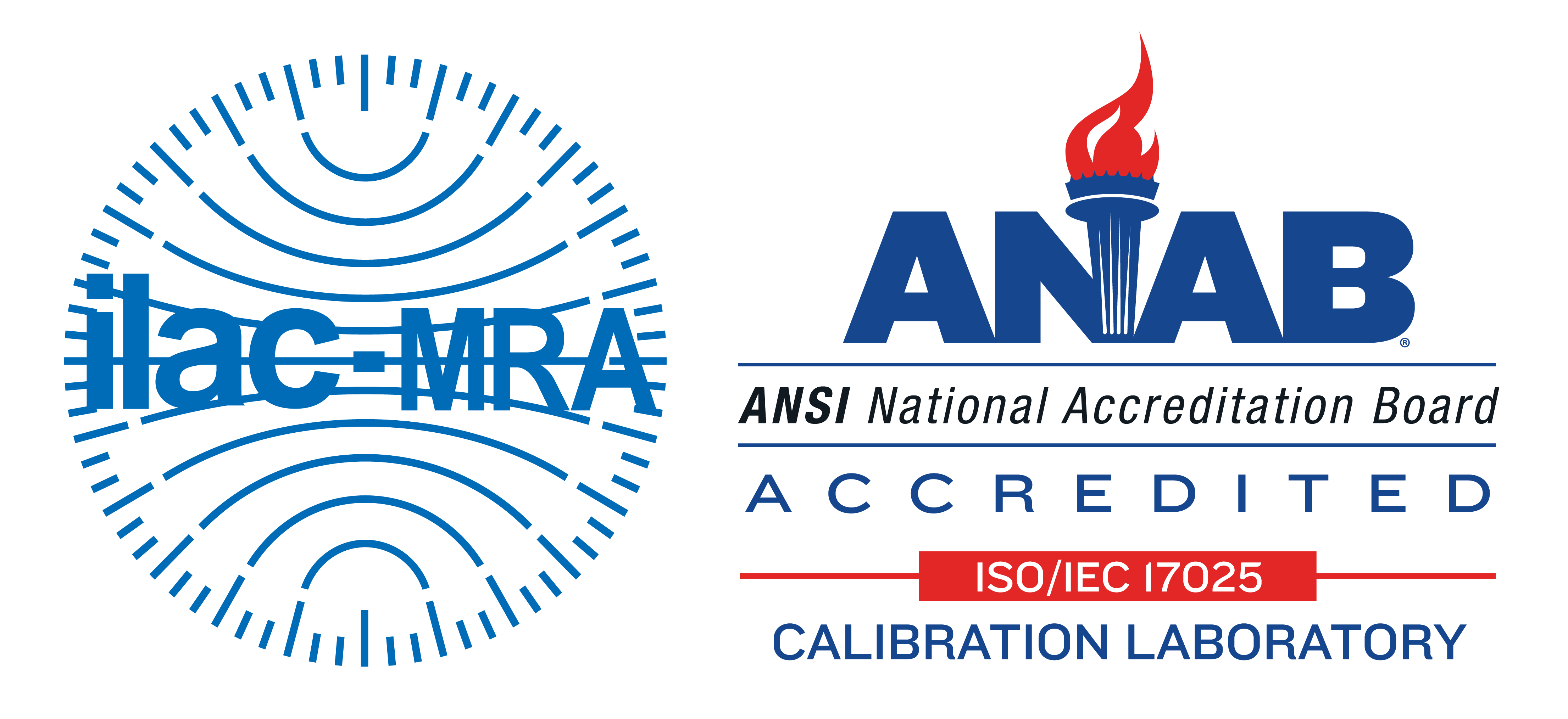49 CFR Parts 106, 107, 171-180
DOT Flash Point _ 40 CFR Part 260, 261 and 266
Methods:
ASTM D93, ASTM D6450, ASTM D7094
Modernizing Ignitable Hazardous Liquids Determinations
Flash Point by definition is the lowest temperature at which vapors of a volatile material will ignite in the proximity of an ignition source. Flash Point serves as a tool to classify materials as flammable or combustible and to quality control final products. The classification of your material will affect many requirements including labeling, storage requirements, shipping requirements and disposal.
The EPA is proposing and requesting comment on revisions to modernize the ignitability flash point test methods, air sampling and stack emissions methods to allow the use of non-mercury thermometers. The Agency is also proposing to update the ignitability regulation 40 CFR 261.21 by codifying guidance for aqueous alcohol solutions and multiphase mixtures, as well as making technical corrections. EPA expects to improve hazardous waste identification, reduce testing costs, improve laboratory safety, and enhance protection of human health and the environment.
These regulations included in 40 CFR part 261, which in part, defined the ignitability characteristic and incorporated by reference ASTM1 D 93–79 (Pensky- Martens) and ASTM D 3278–78 (Setaflash) as the required tests for ignitable liquid hazardous waste determinations. The sampling of these test methods may lead to a loss of flammable volatile constituents from a sample due to greater headspace in the sampling container.
ERALYTICS offers a new design to determine the flash point differently and in a modern way. It follows the ASTM D6450 and the newer ASTM D7094 Standard Test Methods by the Modified Continuously Closed Cup (MCCCFP) Tester. Due to its continuously closed cup design and the small amount of sample required for the test (1 – 2 mL), ERAFLASHTM and ERAFLASHTM LT for manual sampling or the S10 for automated sample injection, completely guarantees the analysis of very volatile samples with flash points above 10 °C, without jeopardizing sample integrity completely eliminating the risk of fire.





